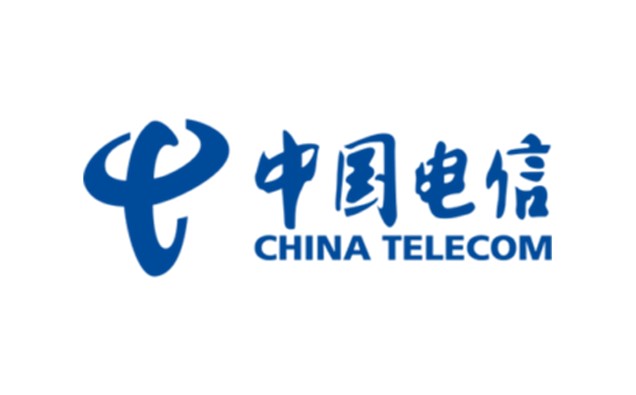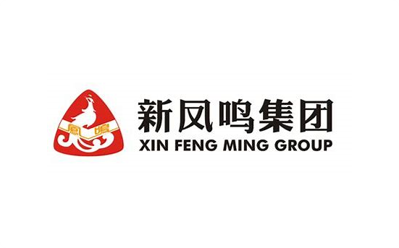-
ZTE has rich experience in virtualization applications, is the industry pioneer.
In 2016, ZTE and velcom had launched the world’s first complete range of virtualized core network at Belarus.In 2017, ZTE and Banglalink had successfully commercialized the world’s largest virtual SDM platform. As of 2018Q3, there are more than 400 NFV commercial/POC projects worldwide.
-
ZTE has implemented NFV-based virtualized CS core network, which is simple and safe.
Virtualized MSCSs and ETCA-based MGWs are deployed for accessing TDM bearers existing in the CS core network.
By this, not only the compatibility problem can be solved, but also the network structure can be simplified, making the O&M simpler and more convenient.
In addition, the verification based on source address and the application context whitelist make the SS7 network more secure.
-
ZTE has successfully deployed vIMS on Amazon Web Services (AWS) public cloud, reducing the CAPEX.
Because the cloud platform provided by Amazon is already mature, ZTE vIMS solution not only helps the operator save the investment on the cloud infrastructure but also accelerates the integration with the cloud platform, thus reducing the CAPEX for the operator by half.
ZTE vIMS solution also supports flexible deployment and launch to effectively reduce the OPEX.
-
ZTE adopts multi-tenant deployment mode to construct a transnational network, improving the efficiency of O&M
In Telefonica (CAM)’s vIMS project, ZTE constructs a vIMS network in Guatemala, Salvador, Nicaragua, Costa Rica, and Panama based on the unified infrastructure and separates physical resources from logical resources to ensure information security of the tenants, reducing the TCO by 35% and the whole network O&M work load by 70%.
-
Utilizing the hardware performance effectively by auto-load balancing.
ZTE has implemented auto-balancing strategy to adapt to different hardware and adjust the traffic loads automatically, so as to make full use of the hardware performance.
-
Reducing the CPU resource occupancy by unloading the flow of smart NIC.
ZTE has adopted new methods to promote the efficiency of packet forwarding.
Some of the packets can be forwarded according to the flow table directly without CPU intervention.
Compared with flow unloading, flow offloading can reduce CPU occupancy by 50% for the same throughput.
-
Using the scale up expansion scheme to improve resource utilization rate.
The elasticity realized by scale out does not change the type of virtual machines (VM).
With the ever-increasing capacity, it is needed to use an optimal VM type to optimize resource utilization.
The scale up expansion scheme optimizes VM type up first, and then implements scale-out, improving the resource utilization rate by 50%.
-
Improving the processing performance by the NFV acceleration technology.
ZTE DVS (DPDK OVS) achieves high data throughput after the optimization of open source DPDK driver.
For VNF with high data throughput requirement (e.g. EPC SAE-GW), the performance of VMs can be improved by SR-IOV and 40G NIC.
ZTE DPDK OVS and SR-IOV solutions co-exist to make full use of CPU and network resources, reducing compute nodes.
-
Deployment strategy of 5G core network
5G technology development is a gradually mature process. Therefore, the 5G core network needs to be constructed and deployed in multiple phases. It needs to fully consider the O&M and management capabilities of 5G and the existing network, to achieve the convergence and gradual evolution of 5G network and 2/3/4G network.
--Exploration stage of 5G network construction
In the stage that 5G network begins to be used, the LTE terminal and NR terminal will coexist in the network for a long time. At the beginning, a large proportion is the LTE terminal, and a small proportion is the NR terminal; 5G networks begin to be deployed in the some local areas. The 4G/5G convergent deployment networking mode is the best way to meet user network experience.
At this stage, the initial deployment of the 5G network may focus on urban areas with high capacity requirements, to meet the access of friendly users or test users. As time goes on, the coverage will extend to areas with low user density.
The eMBB can be selected as the main 5G application scenario, to verify the deployment and operational experience of eMBB slice, to provide a strong experience support for the follow-up upgrade and deployment of the 5G network and service model changes.
After 5G NR is added to the EPC, core network functions are required to be further enhanced. These enhancements include: virtualized EPC deployment, CUPS, extended QoS parameters, the capability of MME handling the UE containing 5G parameters, the access control of 5G NR and so on.
--Early stage of 5G network construction
In this stage, the 5G standard is almost frozen, and 5G core network is commercial ready. It can provide users with end-to-end 5G capabilities and cloud native applications, and will achieve the function reconstruction of control plane, and network slices will be fully deployed. MEC is deployed on edge DCs to identify services and users at the mobile edge, so as to optimize the use of local network resources, improve network QoS, provide users with differentiated services, and bring a better user experience.
--Mature stage of 5G network construction
5G standard is completely frozen. Operators can reduce the investment on the 4G network, and expand the investment and construction of 5G wireless and core network.
5G core network is deployed in convergence with the vEPC to form ZTE Common Core solution, which supports 2G/3G/4G/5G/NB-IoT access.
The users of the legacy EPC network gradually be migrated into the common core network, which can simplify the network, reduce message sending between VNFs, to enhance signaling processing efficiency.









































